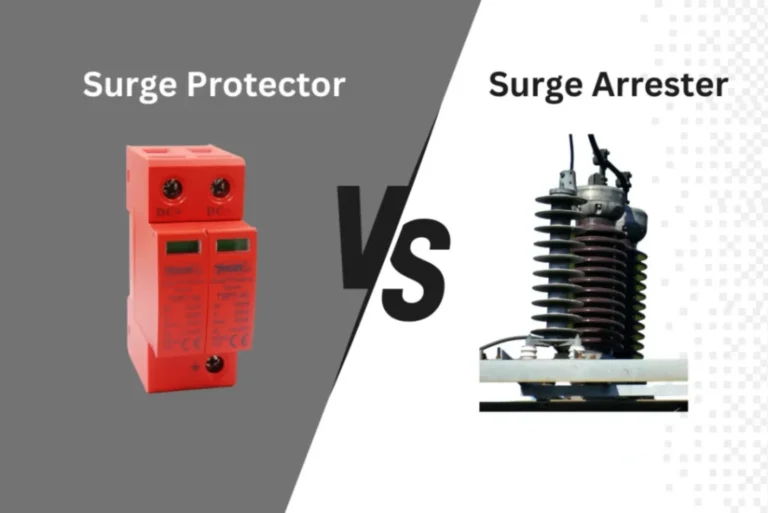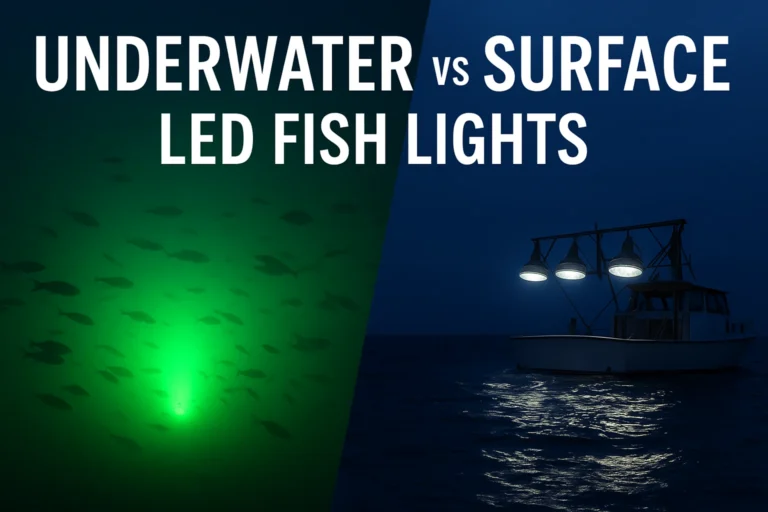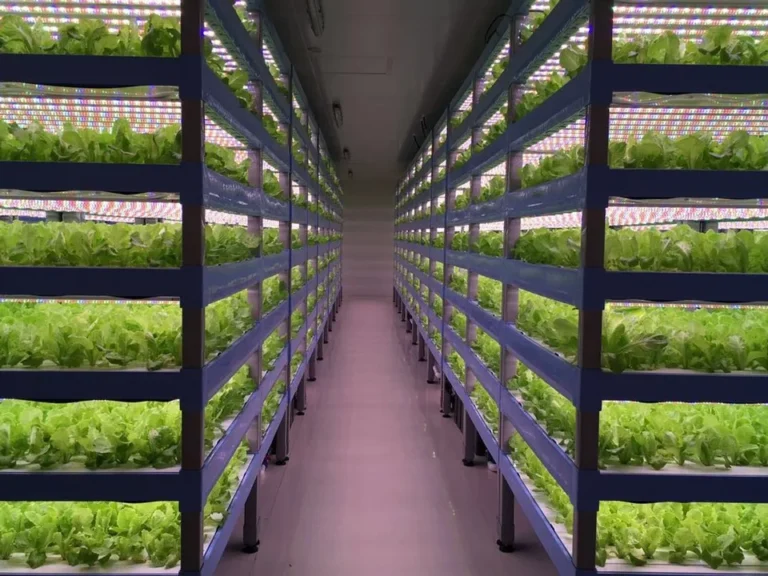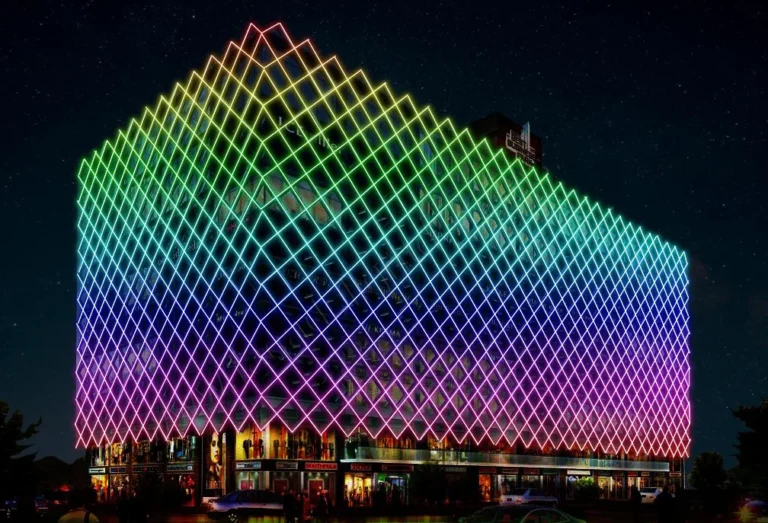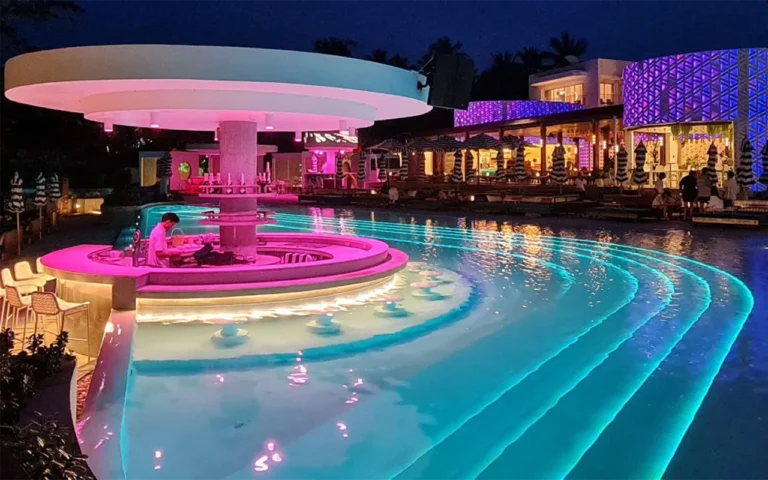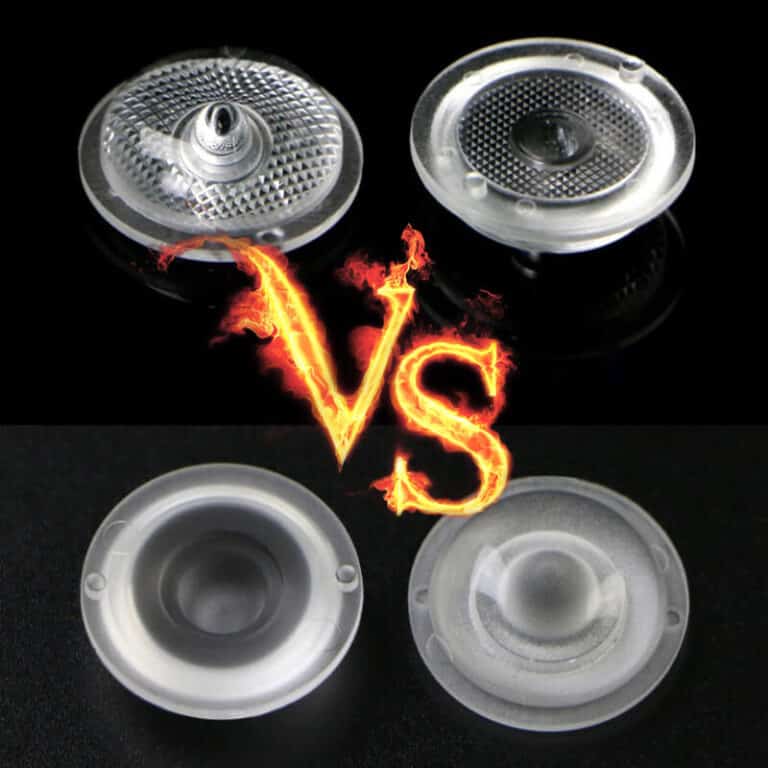LED霓虹灯因其灵活性和充满活力的视觉冲击力而广泛应用于建筑照明、商业装饰和标牌项目。 然而,当霓虹灯的实际尺寸与标称规格有显着差异时,它可能会造成严重的安装挑战。 在客户严格根据指定尺寸准备安装槽的项目中,此问题变得更加关键。 仅几毫米的不匹配可能会导致不良的配合、可见的间隙,甚至结构不相容。 出于这个原因,挤出公差(挤出过程中固有的尺寸变化)在确保专业LED霓虹灯应用中的产品一致性和无缝安装方面起着至关重要的作用。
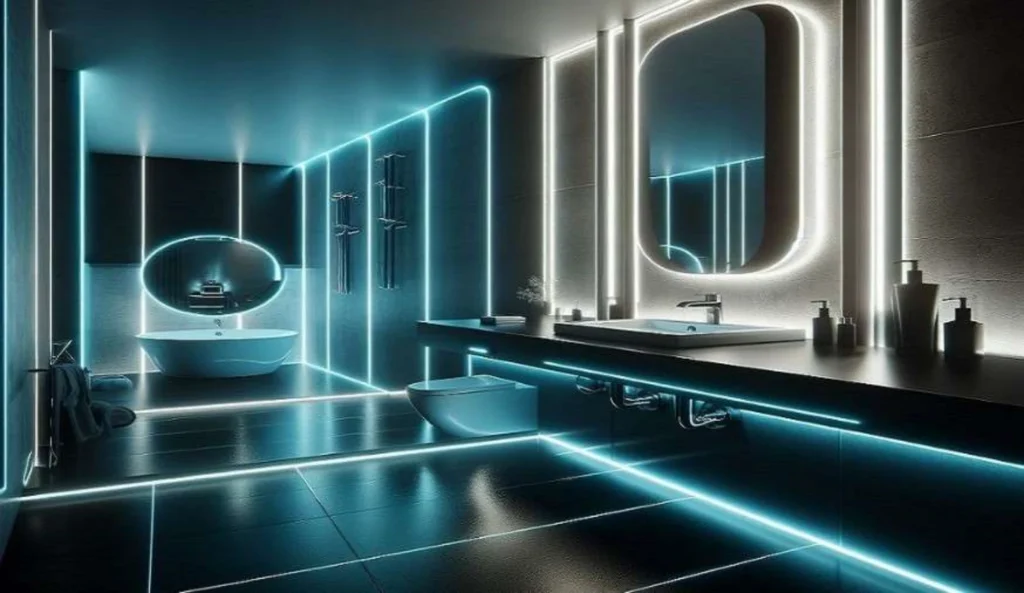
为什么LED霓虹灯具有尺寸公差?
材料性质
影响尺寸公差的最基本因素 LED 霓虹灯 是原料。 柔性霓虹灯型材通常由硅树脂或PVC制成,两者都受到热膨胀和收缩。 即使在生产过程中或在应用后期的轻微温度变化也会导致挤出的宽度、高度或曲率的变化。 批次之间的材料硬度或配方的差异也可能导致尺寸不一致,使材料稳定性成为公差控制中的关键因素。
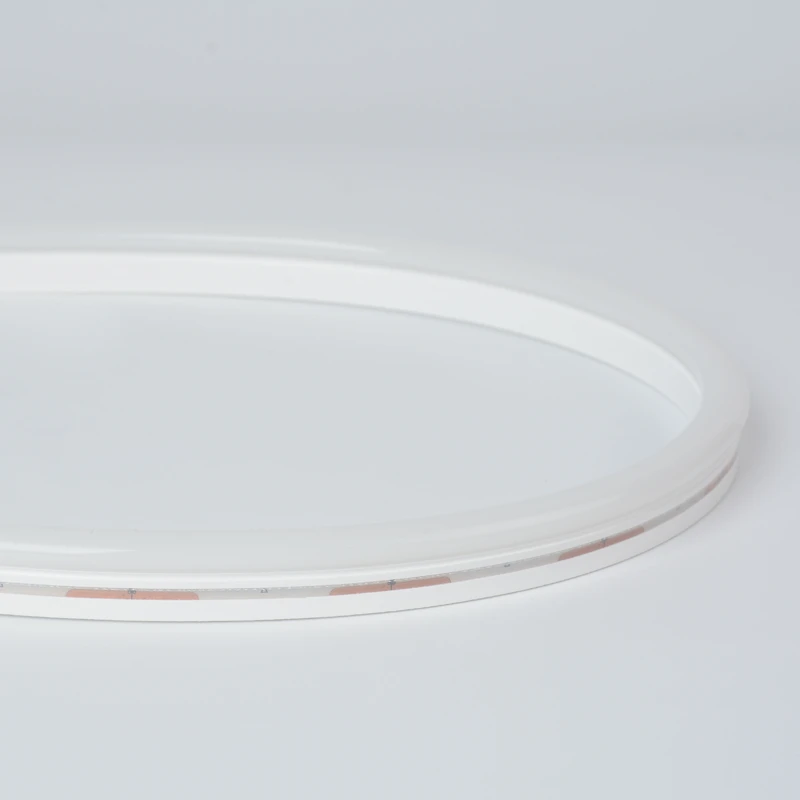
硅胶霓虹灯
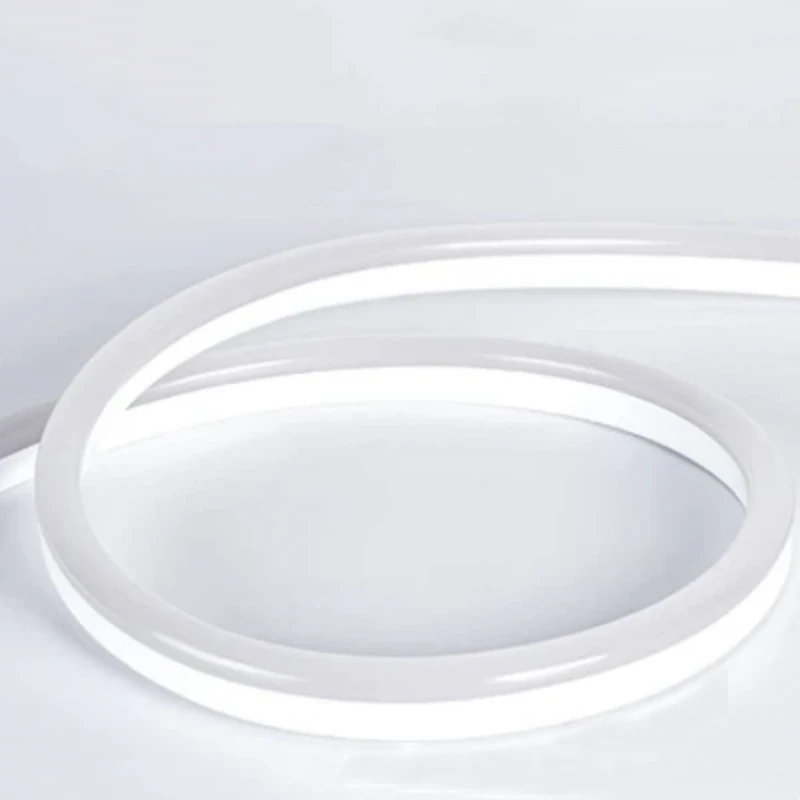
聚氯乙烯霓虹灯
挤出过程控制
挤出过程本身是尺寸变化的另一个主要来源。 精度在很大程度上取决于挤出模具的准确性以及温度、压力和挤出速度的一致性。 例如,如果冷却条件不稳定(例如不一致的水冷或气流),则轮廓可能会收缩或变形不均匀。 这些小的偏差会累积,导致最终产品超出指定的容差范围。
生产批量可变性
即使使用相同的模具和材料,生产批次的尺寸公差也会有所不同。 机器校准、操作员调整和湿度等环境条件等因素会对结果产生细微的影响。 在大量生产中,这些变化会直接影响 LED 霓虹灯与安装通道和配件的兼容性。
价格和成本压力
另一个经常被忽视的因素是定价。 在竞争激烈的市场中,一些低成本供应商可能会在材料质量上做出妥协或减少生产步骤以降低成本。 使用更便宜的硅胶、再生 PVC 或不太精确的挤出设备不可避免地会增加尺寸变化。 虽然前期价格可能很有吸引力,但不合格、寿命缩短和更高维护成本的长期风险使专业项目的此类妥协成本高昂。
LED霓虹灯挤出的公差范围
行业容差标准
在LED霓虹灯行业中,挤压公差通常在小范围内定义,以确保可靠的装配和均匀的外观。 大多数制造商采用的尺寸公差在±0.3 mm和±1.0 mm之间,具体取决于型材的尺寸和形状。 虽然没有单一的全球标准,但这些范围在建筑和标牌应用的专业项目中普遍接受。
发光类型的区别
公差要求也可能因不同的排放结构而异。 前发射霓虹灯通常具有更严格的控制,因为可见表面直接影响照明均匀性,而侧面发射霓虹灯和顶弯类型由于结构灵活性允许略宽的容差。 较大的覆盖率分布,例如 270° 或 360° 发射氖,需要在挤出期间进行更密切的监测,因为尺寸偏移会影响光分布和安装稳定性。
按霓虹灯尺寸和类型划分的典型容差范围
| LED霓虹灯类型 | 通用尺寸(宽×高或直径) | 典型的挤出公差 |
| 迷你霓虹灯(纤细) | 4×8 毫米 | ±0.3 mm |
| 迷你侧发射霓虹灯 | 6×12 毫米 | ±0.4 mm |
| 标准前置发射 | 8×16 毫米 | ±0.5 mm |
| 标准侧发射 | 10×20 mm | ±0.5 mm |
| 顶弯霓虹灯 | 12×20 mm | ±0.5 mm |
| 宽前发射霓虹灯 | 12×25 mm | ±0.6 mm |
| 270°圆形霓虹灯 | Ø16 毫米 | ±0.6 mm |
| 大 270° 霓虹灯 | Ø20 毫米 | ±0.8 mm |
| 360°柔性霓虹灯(小) | Ø15 毫米 | ±0.5 mm |
| 360°柔性霓虹灯(大) | Ø25 毫米 | ±1.0 mm |
尺寸公差如何影响霓虹灯应用
1。 安装挑战
当LED霓虹灯的挤出公差控制不好时,安装就有问题。 即使是轻微的尺寸变化也可能导致轮廓在铝通道或安装槽内过于紧或太松。 这通常会导致现场装配时出现明显的间隙、不均匀的对齐或增加的人工。 对于大型建筑项目,一致的尺寸对于实现无缝安装和减少返工至关重要。
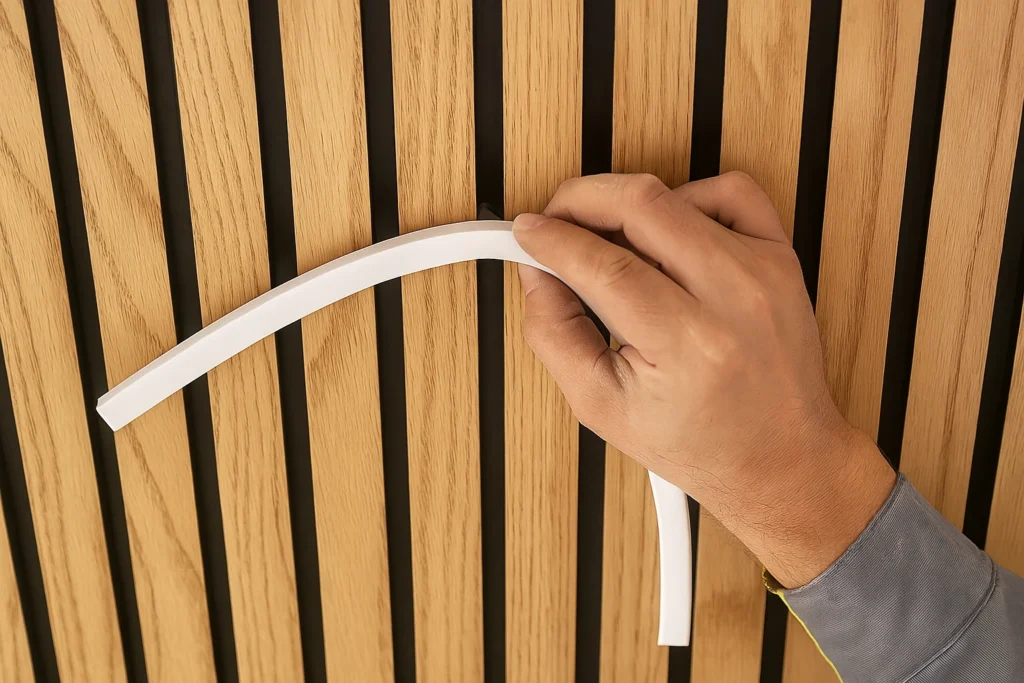
2. 对光均匀性的影响
挤出公差也会影响光输出的均匀性。 硅树脂或PVC封装的厚度的变化会导致不一致的扩散,导致区域看起来更亮或更暗。 在前发光霓虹灯中,这种不均匀的光分布变得特别明显,降低了安装的整体视觉质量。
3.防水等级和可靠性
耐受性问题进一步影响了LED霓虹灯产品的防水性和长期可靠性。 如果轮廓尺寸偏离指定范围,端盖、连接器或接头周围的密封可能无法完全有效。 这会影响 IP 等级并增加进水的风险,这可能会缩短产品的使用寿命并导致户外应用中的故障。
如何控制和解决LED霓虹灯中的容差问题
1。 制造工艺优化
降低挤出公差的第一步是精确控制制造过程。 高精度模具、稳定的挤出速度和适当的温度调节对于保持一致的尺寸起着至关重要的作用。 对挤出设备的定期维护和校准进一步确保了准确性。
2 . 质量控制措施
严格的质量控制同样重要。 制造商应在挤出过程中实施在线监测,并对成品 LED 霓虹灯进行最终尺寸检查。 记录容差数据有助于检测趋势并防止有缺陷的批次到达客户。
3.项目设计和安装注意事项
从项目的角度来看,设计师和安装人员可以通过允许插槽尺寸、铝通道和配件的公差范围来最大限度地降低风险。 考虑挤出变化的规划可确保现场安装更顺畅,并减少意外调整。
4。 选择可靠的供应商
最后,选择在 LED 霓虹灯挤出公差方面具有成熟专业知识的供应商至关重要。 专业厂家凭借先进的设备、认证和强大的质量体系提供更稳定的产品,让项目业主对长期业绩充满信心。

结论:确保专业LED NEON项目的一致性
尺寸公差是LED霓虹灯制造中不可避免的因素,但有了正确的材料、严格的挤出控制和专业的质量管理,就可以有效地将其有效地最小化。 对于建筑师、设计师和承包商来说,与可靠的供应商合作是确保顺利安装和长期性能的关键。
在 信号灯, 我们在所有霓虹灯挤出中使用高档发烟硅胶,确保完全符合行业公差标准的稳定尺寸。 如果您的项目需要独特的尺寸或更严格的公差,我们的团队可以提供定制的解决方案以满足您的确切规格。 立即联系我们,讨论您的要求,并确保为专业应用量身定制的高品质 LED 霓虹灯。
